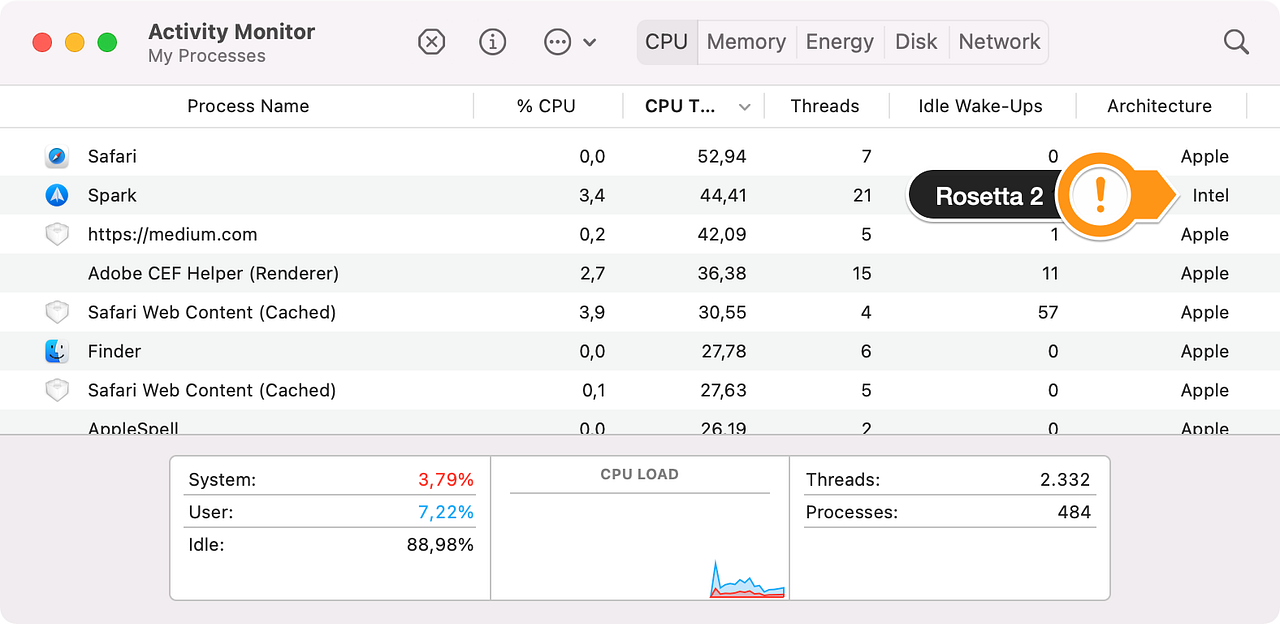


#Ssh for mac m1 password
Of course, moving to Yubikeys doesn’t solve much if your servers still allow password logins. (Worth noting, this changes the security model somewhat, as the second factor is biometric rather than a PIN, but it’s still two factors.)
#Ssh for mac m1 pro
I plan to move to Big Sur soon enough, since I want to get an M1 MacBook Pro when the 16” models are released, so I’ll be able to try Secretive soon enough. Unfortunately, for Reasons™ I’m still using macOS Mojave, and Secretive requires Catalina or Big Sur. I’d like to use the new macOS app Secretive, which stores SSH keys in the Secure Enclave on newer MacBooks and requires Touch ID to authenticate. This allows apps started from outside your terminal - like the GUI Git client, Fork.app - to find and use yubikey-agent. IdentityAgent /usr/local/var/run/yubikey-agent.sock (The commands and configuration changes under this heading apply to client machines with attached Yubikeys.)
#Ssh for mac m1 how to
It’s pretty straightforward to set this up the real work was figuring out how to smooth out the various difficulties I encountered later. I found it easiest by far to use yubikey-agent for this project. I use a private Git repository to synchronize SSH configuration (including authorized_keys, the list of public keys corresponding to my Yubikeys) between machines, with a modular local configuration system allowing me to quickly enable commonly-used SSH configuration blocks which only apply to a subset of my machines. With yubikey-agent, my preferred agent software, every single SSH operation - yes, even those performed via agent forwarding - requires a physical touch to confirm.
#Ssh for mac m1 code
SSH agent forwarding is used to allow me to SSH from one server to another or fetch code from GitHub on a remote server. The Yubikeys require a PIN, so this is an example of two-factor authentication: something I physically have, and something I know. To do this, I moved to using a few Yubikeys to store my SSH keys there’s no longer key material stored on any server for a hypothetical attacker to steal. I wanted to ensure that, should an attacker gain access to one of my servers, they can’t use that access to move onto any other computer I control. This presents a number of obvious security problems. Historically, I’ve used a pretty basic SSH setup for my personal projects: my user account on every laptop/desktop/server had its own key in ~/.ssh, and I’d try to keep the authorized_keys lists on all my servers more-or-less up-to-date. In this post, I’ll outline my goals, the strategy I took, and the problems and solutions I ran into along the way. One recently-completed project I mentioned in January’s “Now” post was locking down SSH in my personal computing infrastructure using Yubikeys. Securing my personal SSH infrastructure with Yubikeys February 08, 2021


 0 kommentar(er)
0 kommentar(er)
